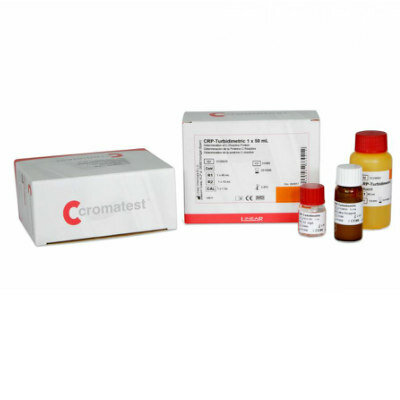Diagnosing Retinitis Pigmentosa by Determining the Ratio of Dolichol Variants in Plasma or Urine
By LabMedica International staff writers
Posted on 28 Oct 2013
A reliable, high-throughput, and cost-effective liquid chromatography-mass spectrometry technique for the quantitative measurement of dolichols in blood plasma or urine can unambiguously discriminate patients with retinitis pigmentosa from asymptotic carriers of the disease genes, and carriers from normal individuals.Posted on 28 Oct 2013
Retinitis pigmentosa (RP) is one of the most common forms of inherited retinal degeneration. This disorder is characterized by the progressive loss of photoreceptor cells and may eventually lead to blindness. There are multiple genes that, when mutated, can cause the retinitis pigmentosa phenotype. Among these mutations are the K42E and T206A mutations in the DHDDS (dehydrodolichol diphosphate synthase) gene.
Investigators at the University of Miami (FL, USA) and at Duke University (Durham, NC, USA),using liquid chromatography-mass spectrometry, observed a characteristic shortening of plasma and urinary dolichols in RP patients carrying the K42E and T206A mutations in the DHDDS gene. Dolichol-18 (D18) became the dominant dolichol species in patients compared to dolichol-19 (D19) in normal individuals.
The D18/D19 ratio was calculated and used as an index of dolichol length distribution. K42E/K42E and K42E/T206A patients were found to have significantly higher plasma and urinary D18/D19 ratios than K42E and T206A carriers. The ratios of carriers were significantly higher than normal individuals.
The methodologies and procedures used for dolichol profiling are reliable, high-throughput, and cost-effective. Dolichol profiling, complementary to genotyping, can be readily adapted as a test in the clinic for not only the diagnosis of patients but also identification of carriers with DHDDS or other genetic mutations that may impair dolichol biosynthesis.
"It is our vision that every patient who is affected with an inherited eye disease like RP should have access to a clinician who is knowledgeable about the diseases, as well as to affordable diagnostic testing and counseling," said contributing author Dr. Byron Lam, professor of ophthalmology at the University of Miami. "This diagnostic test is a powerful tool that will help in developing treatments for RP caused by DHDDS mutations."
The study was published in the September 27, 2013, online edition of the Journal of Lipid Research.
Related Links:
University of Miami
Duke University













